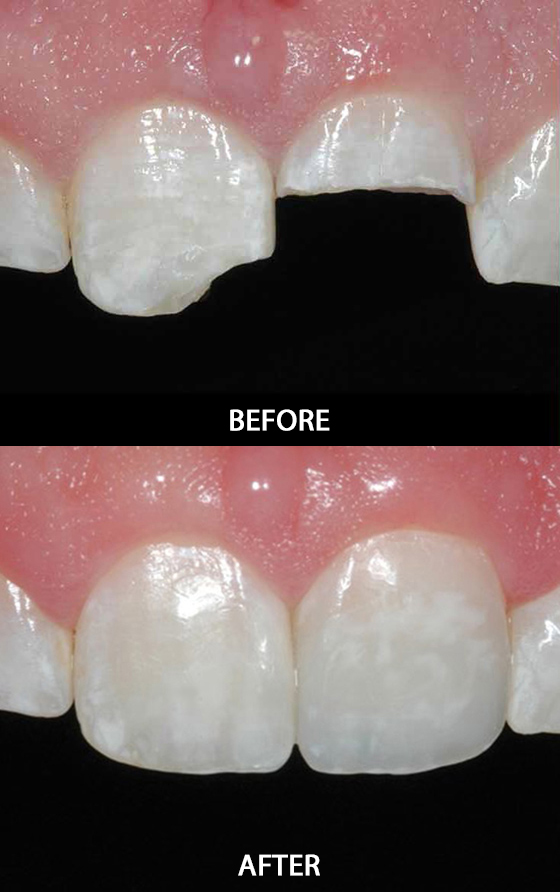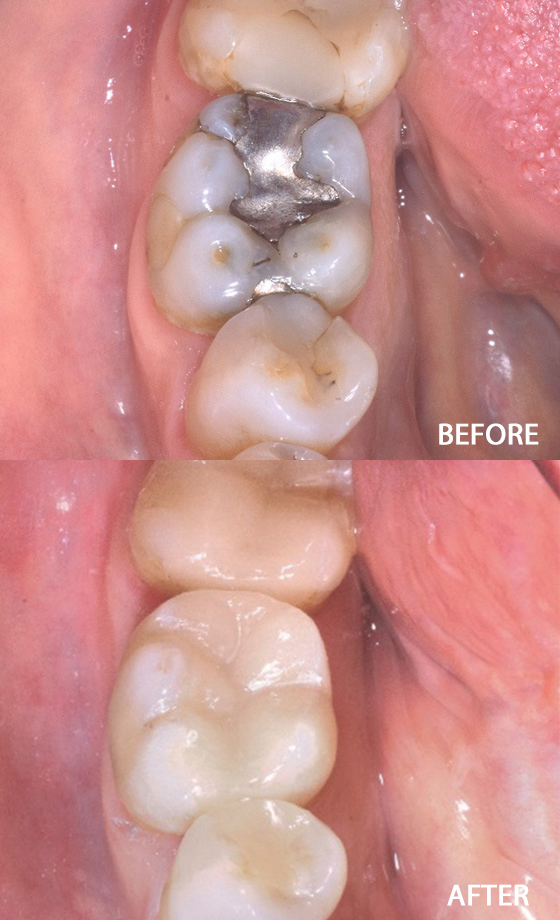Restorative Care
Dental restorations are essential for repairing and enhancing the functionality and appearance of damaged or decayed teeth. These procedures are fundamental in modern dentistry, providing solutions to various dental issues and improving overall oral health. Composite resin restorations are ideal for filling cavities, repairing chipped or cracked teeth, and even for cosmetic enhancements such as veneers. They provide a durable and visually appealing solution, closely matching the appearance of natural teeth.

When Are Dental Restorations Indicated?
Dental restorations are indicated in several situations, including:
- Cosmetic Improvements: Enhancing the appearance of teeth, such as correcting discoloration or uneven spacing, can be achieved through various restorative procedures.
- Tooth Decay: When cavities form due to bacterial activity, restorations are needed to remove the decayed material and fill the cavity.
- Cracked or Chipped Teeth: Teeth damaged by trauma or wear can be restored to their original shape and function.
- Tooth Wear: Teeth worn down by grinding (bruxism) or acid erosion require restoration to prevent further damage.
- Missing Teeth: Restorations like bridges or implants replace missing teeth, restoring both aesthetics and function.
Use of Composite Resin in Restorations
Composite resin is a versatile and widely used material for dental restorations. Its popularity is due to its natural appearance, durability, and the ability to bond directly to the tooth structure. Here’s how composite resin is used in dental restorations:
- Preparation: The dentist cleans and prepares the affected tooth, removing any decay or damaged areas.
- Bonding Process: A bonding agent is applied to the tooth to ensure a strong adhesion between the composite resin and the tooth structure.
- Application: The composite resin, a putty-like material, is applied in layers. Each layer is carefully shaped and then hardened using a special curing light.
- Shaping and Polishing: Once the composite is fully hardened, the dentist shapes and polishes it to match the natural contours and color of your tooth, ensuring a seamless and aesthetic result.

* Disclaimer: The images posted are for informational purposes only and are not intended to substitute for professional medical advice, diagnosis or treatment. Results vary with each patient. Any dental procedure carries risks and benefits. If you have any specific questions regarding particular dental procedures, you should consult your dental healthcare provider.
